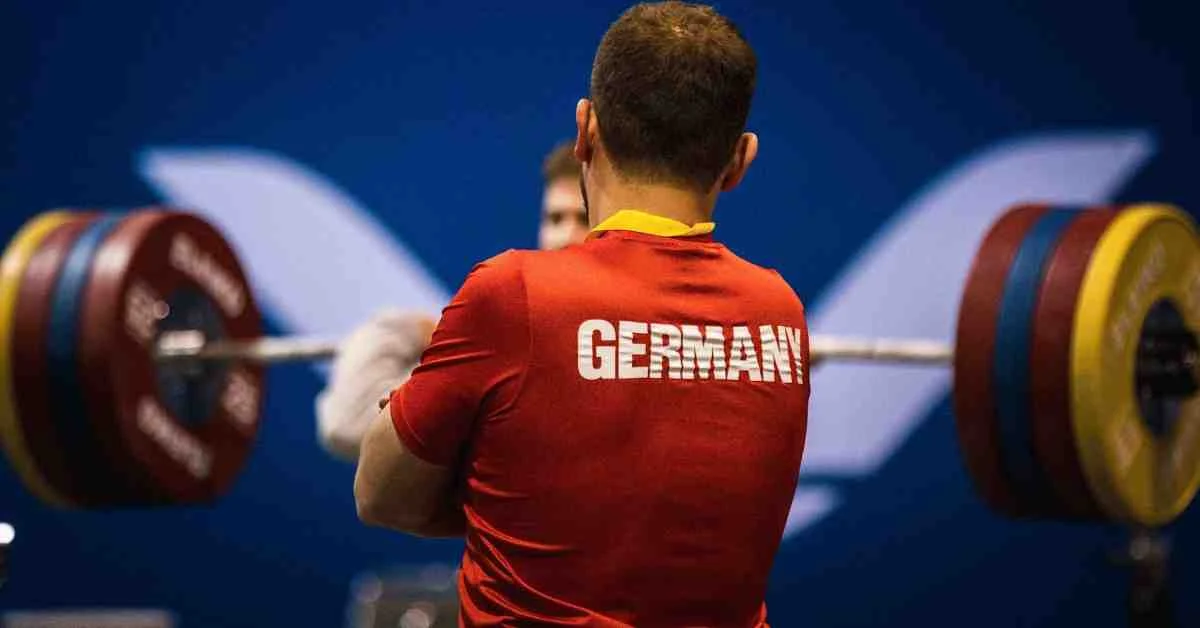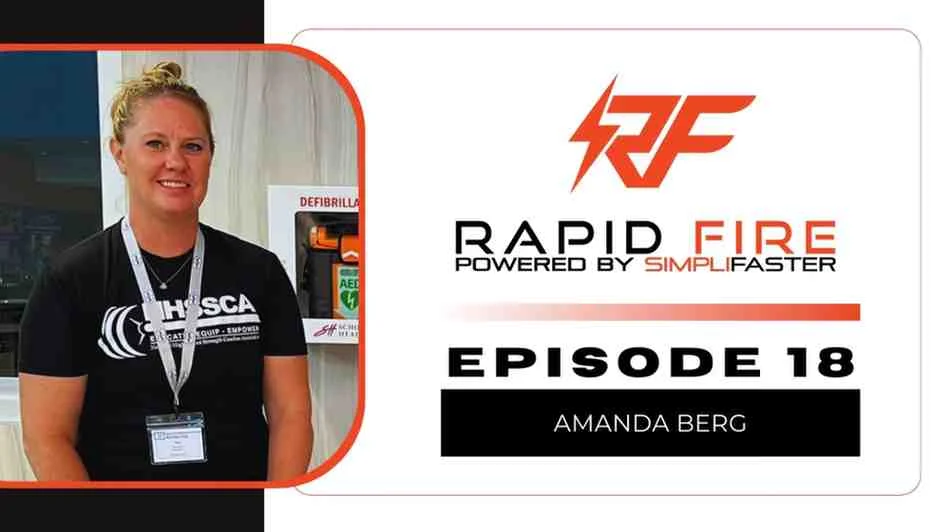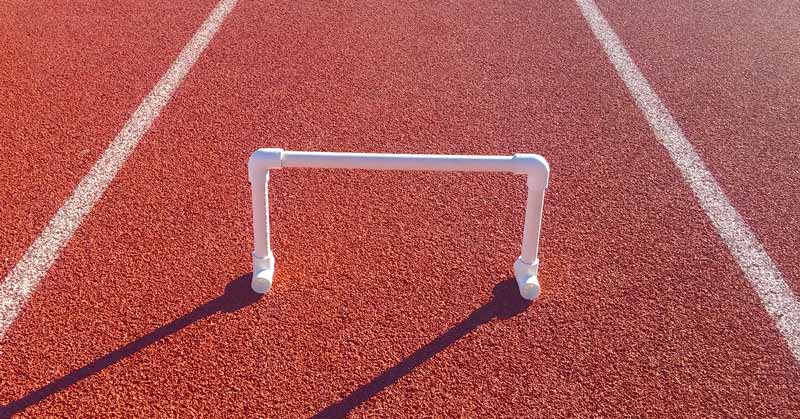
Coaching is expensive. It consumes your personal time and bank account. We get paid in personal satisfaction, passion, happiness, competitiveness, and growth. However, our bank statements only reflect withdrawals for expenses and tiny amounts of monetary deposits for work. If you break down a coach’s stipend and divide it by the amount of hours spent on work, it most likely averages to pennies on the hour. Coaching is a labor of love. Increasingly, budgets are being reduced, particularly in sports like track and field.
If this situation describes you, you have to be creative with spending. Speed Hurdles are not cheap. A new set of six can cost as much as $40. Adjustable ones are even more costly. We tried using small cones or disc cones, but they didn’t have the same benefit as actual wickets. The solution: build your own wickets. This article serves as a practical guide in creating wickets in a frugal and simple manner. It outlines how we created 20 wickets for less than $2.00 apiece. You can change the dimensions to create wickets for whatever purpose is desired.
The next article, Part 2, discusses how we use the wickets, with special emphasis on the different spacing according to the skill levels of your athletes and the time of season. In the meantime, grab the spare change in your savings jar and build your first wicket!
Video 1. How to build speed hurdles for the wicket drill.
Total Materials
- Five 10-foot-long PVC pipes, half-inch width (5x$2.18 each pipe = $10.90).
- Forty 90-degree half-inch elbows (40×22 cents per elbow = $8.80).
- 40 half-inch PVC insert fitting Ts (40×48 cents apiece = $19.20).
Materials for Each Wicket
- One 14-inch length PVC pipe
- Two 6-inch lengths PVC pipe
- Two PVC T fittings
- Two 90-degree PVC elbows
Construction
- Cut one 14-inch piece of PVC pipe to use as the crossbar (top) of each wicket. Next, cut 19 more equal pieces, using the first length as a model. This accounts for 280 inches of the 10 PVC pipes, leaving 420 inches.
- Cut one 6-inch pipe segment to serve as a guide for the posts (sides) of each wicket. Then cut 39 more equal pieces. This uses another 240 inches of the PVC pipe. That leaves 80 inches of unused PVC pipe, which you may be able to use elsewhere.
- Use two elbows, one at each end of the 14-inch crossbars, to join the crossbars with the 6-inch posts and form the top and sides of the wickets.
- Insert a T at the bottom of each post to serve as the base of the wicket.
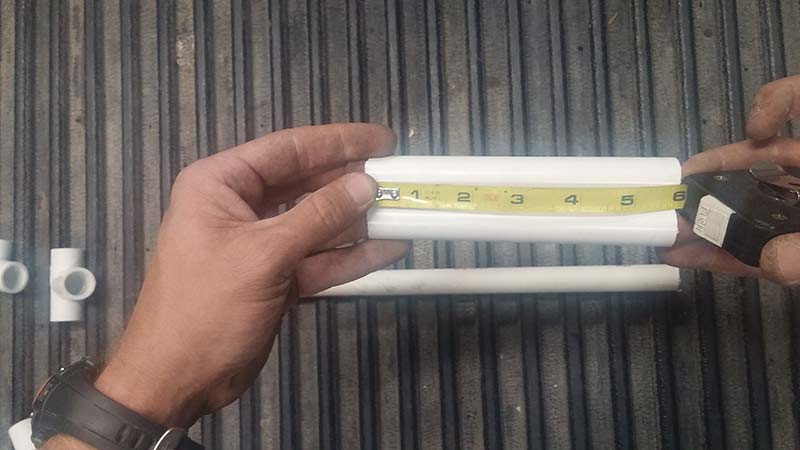
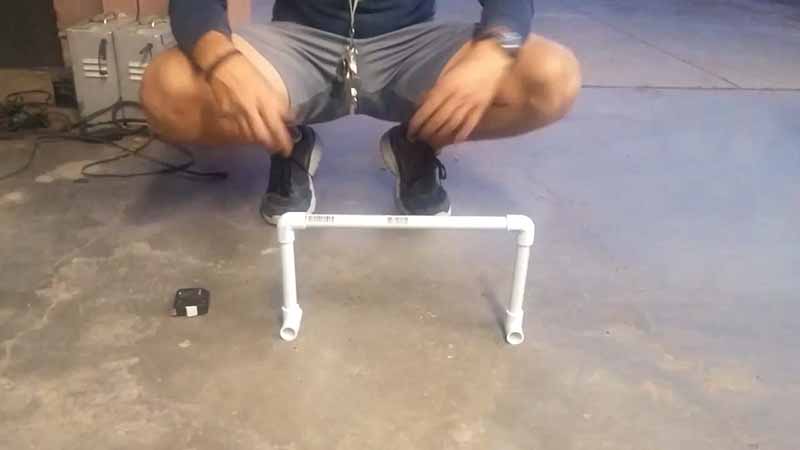
After building the first set, we created 40 more wickets so we could have three different settings to accommodate all skill levels within our program. It added slightly to the overall cost but the added benefits are invaluable.



